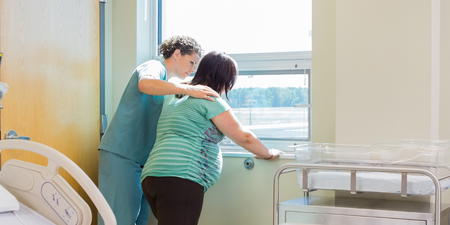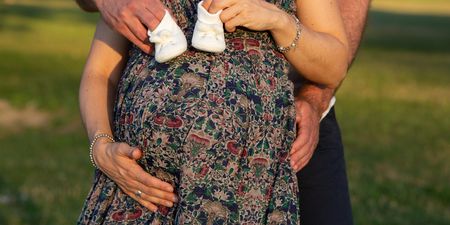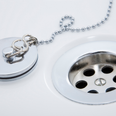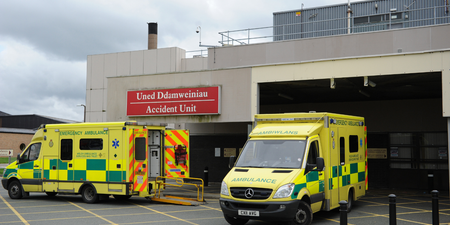As it stands, only about five percent of babies are actually born on their estimated due dates.
The majority, in fact, are born in and around this date, with babies born as much as three weeks before their due dates, or up to two weeks after, normally being considered full term.
Women are traditionally told their due date is 280 days, or 40 weeks, after the first day of their last period — a rule of thumb that assumes each woman has a typical 28-day cycle and that each woman ovulates on the 14th day of her cycle.
However, what if there was a way to much more accurately predict when your baby would arrive?
Well, now a team of scientists have figured out how to do just that, and their blood test has accuracy ratings between 75 and 80%.
The breakthrough, published this month in the journal Science, is important as it may help doctors accurately predict delivery dates, but also because it’s a first step in understanding how our bodies are having conversations with our babies at a molecular level.
The study examined biomarkers in blood known as cell-free RNA, specifically cell-free RNA expressed from the placenta or fetus and found in the mother’s blood. These so called “messenger molecules” carry genetic instructions to around in our bodies.
“Because this RNA ‘floats’ around in the maternal blood, we can then detect—systemically in the mother—what might be happening to the pregnancy,” explains Michal Elovitz, a professor of obstetrics and gynecology and maternal-fetal physician at the Hospital of the University of Pennsylvania.
Elovitz contributed data to the research and conducted a scientific review of the paper. “This study—understanding that more work and validation are needed—suggests that whatever is marking the clock of gestation for term delivery is not the same for women who ultimately have a spontaneous preterm birth,” she explains.
The blood test is cheaper than an ultrasound test (but just as accurate) and a lot more accurate than the other method often used for predicting due date: Counting from the date of mom’s last period.



















































